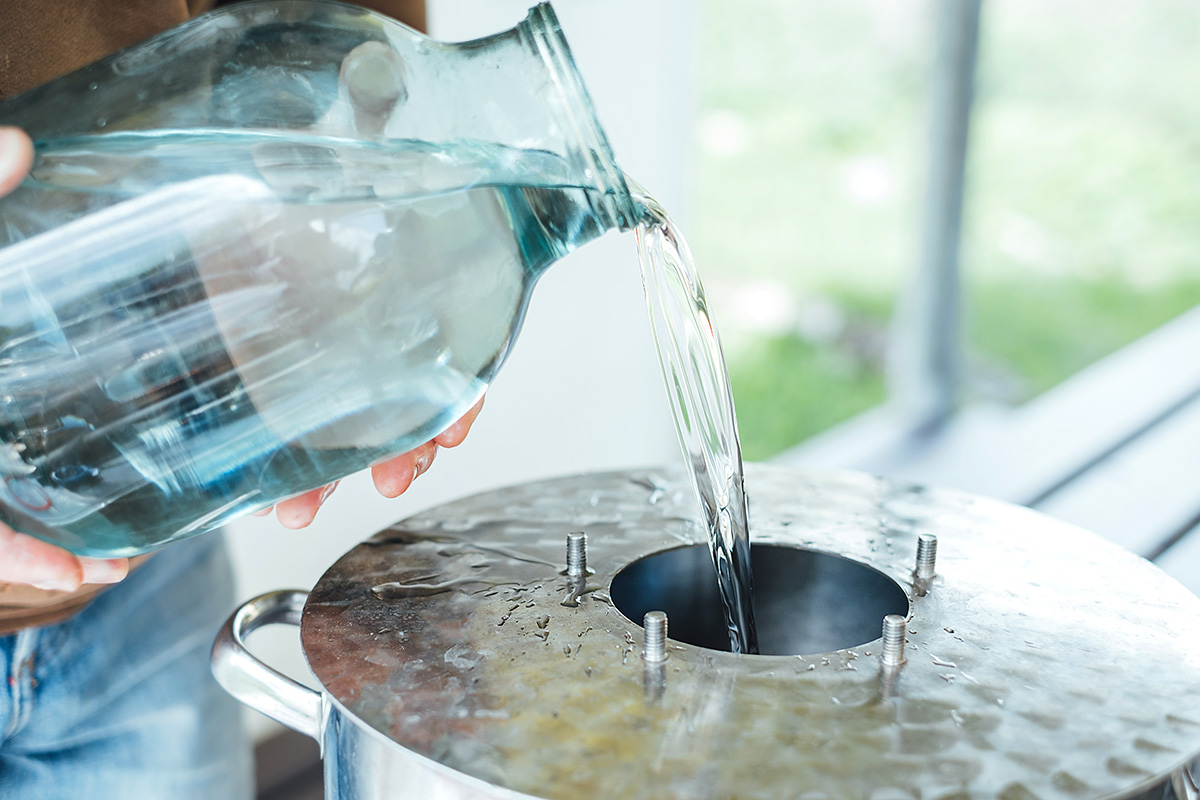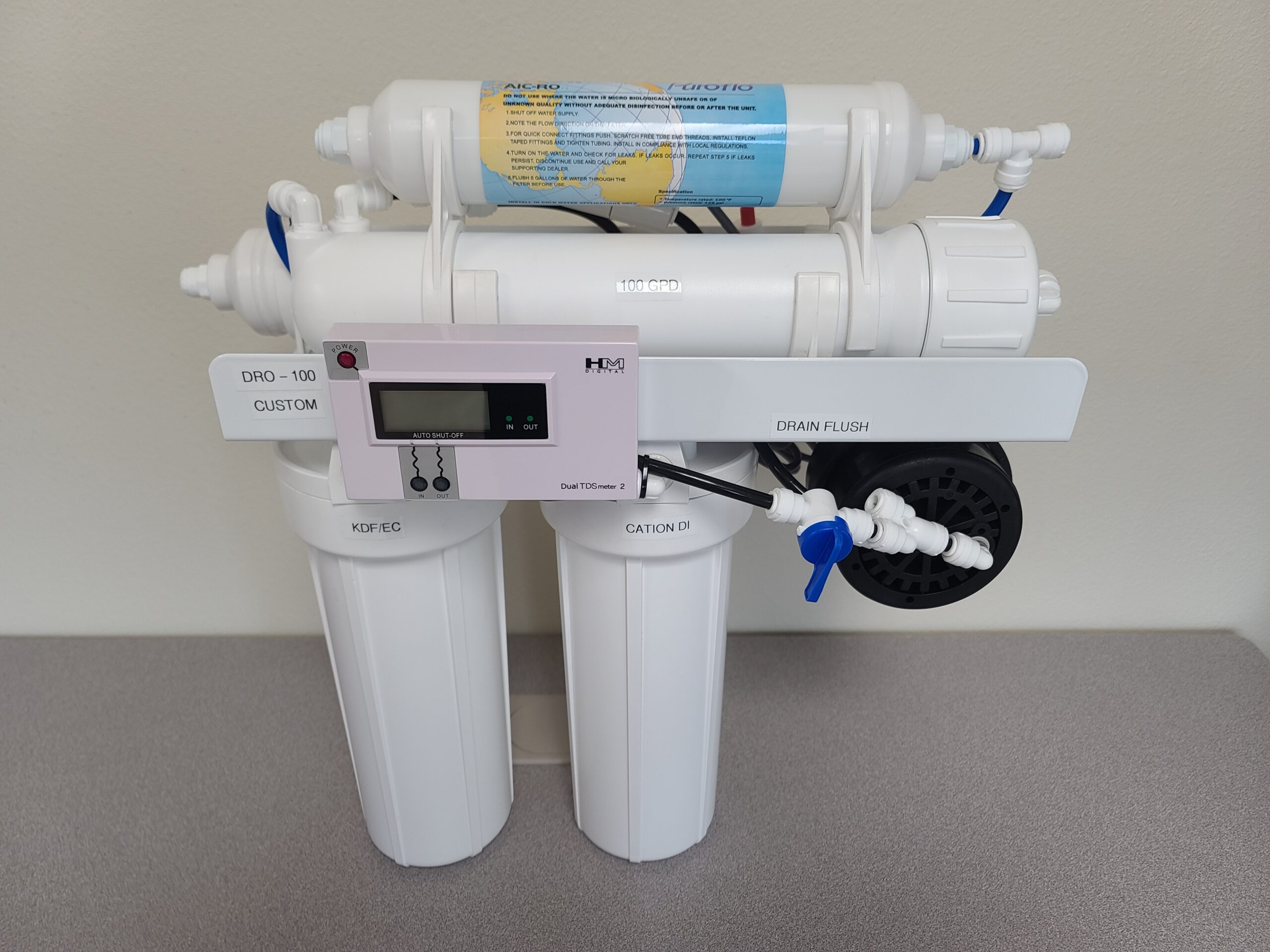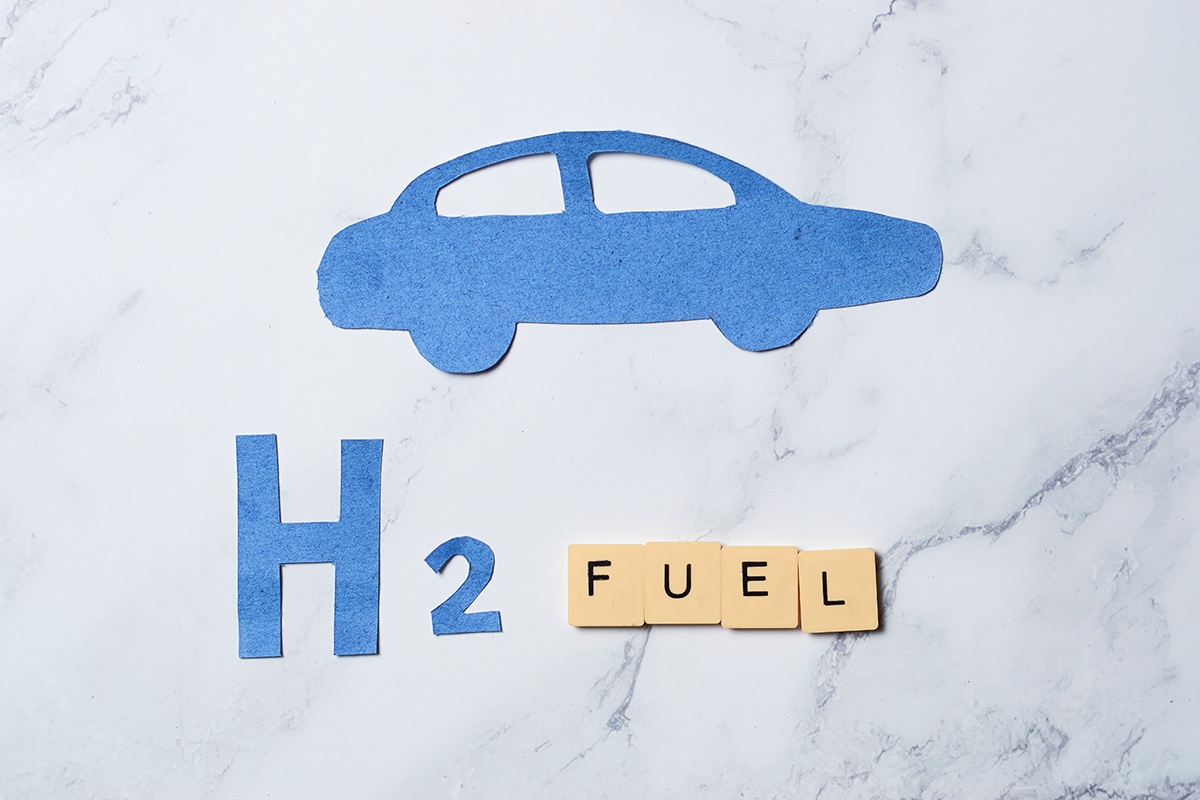The term waterborne diseases is reserved largely for infections that are predominantly transmitted through contact with or consumption of infected water.
Water quality has always been a concern to all of us, no matter where we live. When it comes to protecting your health from unsafe drinking water, it is vital to know as much as possible about the types of waterborne cysts, bacteria and viruses.
What Causes Waterborne Diseases?
The water supply of households and commercial properties can be contaminated due to many reasons. A rather common cause here is the leakage of sewage into the soil, which then seeps through walls, and sometimes, into ruptured pipelines.
To prevent the osmosis of microorganisms and other contaminants into the water supply, it would be advisable to find solutions at prosewerrepair.com/service/sewer-scope/ or a similar website. By availing sewer scope services like the one in the portal mentioned, you can ascertain the condition of the drainage system of your home or establishment. This can be insightful in understanding whether your water supply is affected by leaking waste underground, or a different reason.
When there are leaks or other forms of contamination, the diseases are mostly caused by pathogenic microorganisms that most commonly are transmitted in contaminated fresh water. The infection mostly results during bathing, washing, drinking, in the preparation of food, or the consumption of food thus infected.
The most prominent examples of infection include various forms of waterborne diarrheal disease, which affect mainly children in developing countries, according to the World Health Organization.
Types of Infections
Microorganisms causing disease that characteristically are waterborne include protozoa, bacteria, viruses and parasites.
The most common symptoms for these infections are represented by:
- abdominal discomfort
- abdominal pain
- allergic reactions
- bloating
- blurred and/or double vision
- cramps
- diarrhea
- dry mouth
- fatigue
- flatulence
- itches and rashes
- liver enlargement
- loss of weight
- muscle aches
- nausea
- nervous manifestations
- vomiting
If you have any of the above-mentioned urgent health problems that might require immediate attention, you can go for family urgent care to see a doctor who may be familiar with your previous medical records. And accordingly, he might provide you with medicines for instant relief. If you are unable to visit a local doctor due to an acute illness, you can make use of virtual consultation services for medical advice and prescription. Also, you can order prescribed medicines from an online chemist store (have a look at UK Pharmacy).
Socioeconomic Impact
Waterborne diseases can have a significant impact on the economy, locally, as well as internationally. The less developed countries are usually confronted with related costs and not seldom with a huge financial burden. Financial losses are mostly caused by:
- loss of manpower
- costs for transport and special food
- costs for medical treatment and medication
In developing countries, 4/5 of all the illnesses are caused by waterborne diseases, with diarrhea being the leading cause of childhood death. Some 1.1 billion people still lack access to improved drinking water sources and some 2.4 billion to adequate sanitation. The prevalence of waterborne diseases can be greatly reduced by provision of clean drinking water and safe disposal of feces. Water disinfection is used to prevent the growth of pathogenic organisms and to protect public health.
Common Methods of Water Purification
The 2 most common methods to kill microorganisms in the water supply are: oxidation with chemicals (chlorine, chlorine dioxide or ozone) and irradiation with ultra violets. Chlorine is universally accepted as a safe and effective water disinfectant. Becoming popular in the 1920’s, free chlorine (hypochlorous acid) is the most commonly used method of water purification in the world, saving millions of lives since it became popular to use.
As for UVs, the rays are known to prevent multiplying of organisms due to the disruption of their DNA/RNA. It is a truly chemical-free method of treating water for potability.
Home Water Treatments
More and more people are opting to use a home water treatment device. There are many different types of water treatment products on the market so it is important to first identify your specific water quality concerns. Home treatment water devices come in a wide range of styles, from plumbed-in systems (find more info here), to pour-through water pitchers and faucet-mount filters.
Before purchasing, verify that the system is tested and certified to meet your specific contaminant reduction needs. Most residential water systems require some type of regular maintenance or replacement of the entire unit after a certain number of gallons. Keep in mind that you will need to follow the manufacturer’s installation and maintenance instructions carefully in order to provide your family with the best protection.
About Dime Water
In today’s world, you cannot be too careful about your water supply. Almost daily, a new contamination chemical is being identified or added to a government “hit list”. As a water treatment manufacturer in San Diego, we specialize in designing and constructing products to fit the needs of our customers since 1994. Over the years, we have met and exceeded the critical expectations of customers such as GM, NASA, Mitsubishi, US Army and the University of Tokyo, as well as thousands of home owners and small businesses. Call us today at 760.734.5787 and talk to one of our experts!
Resources:










